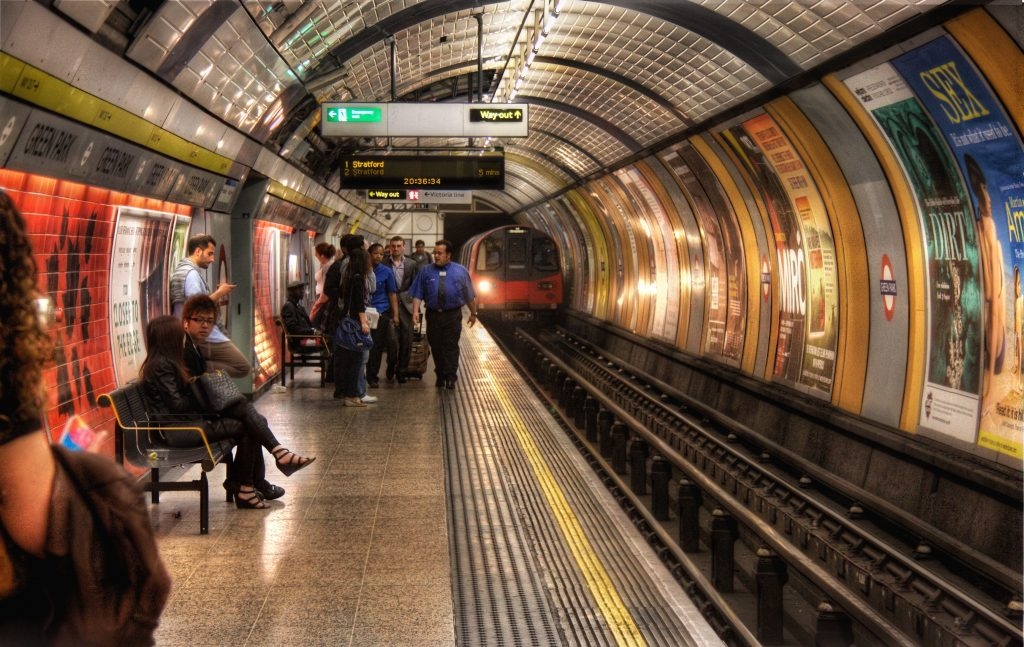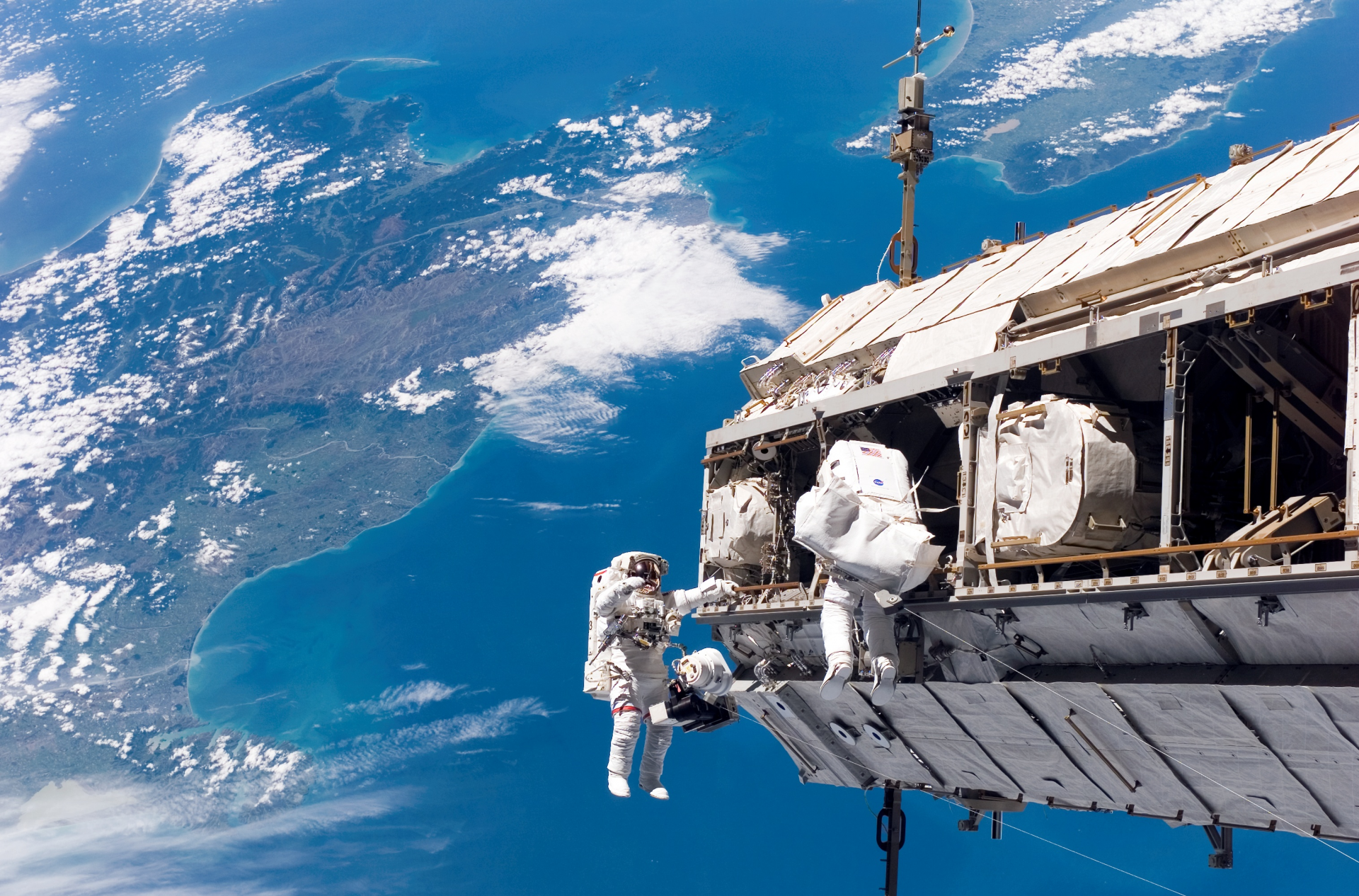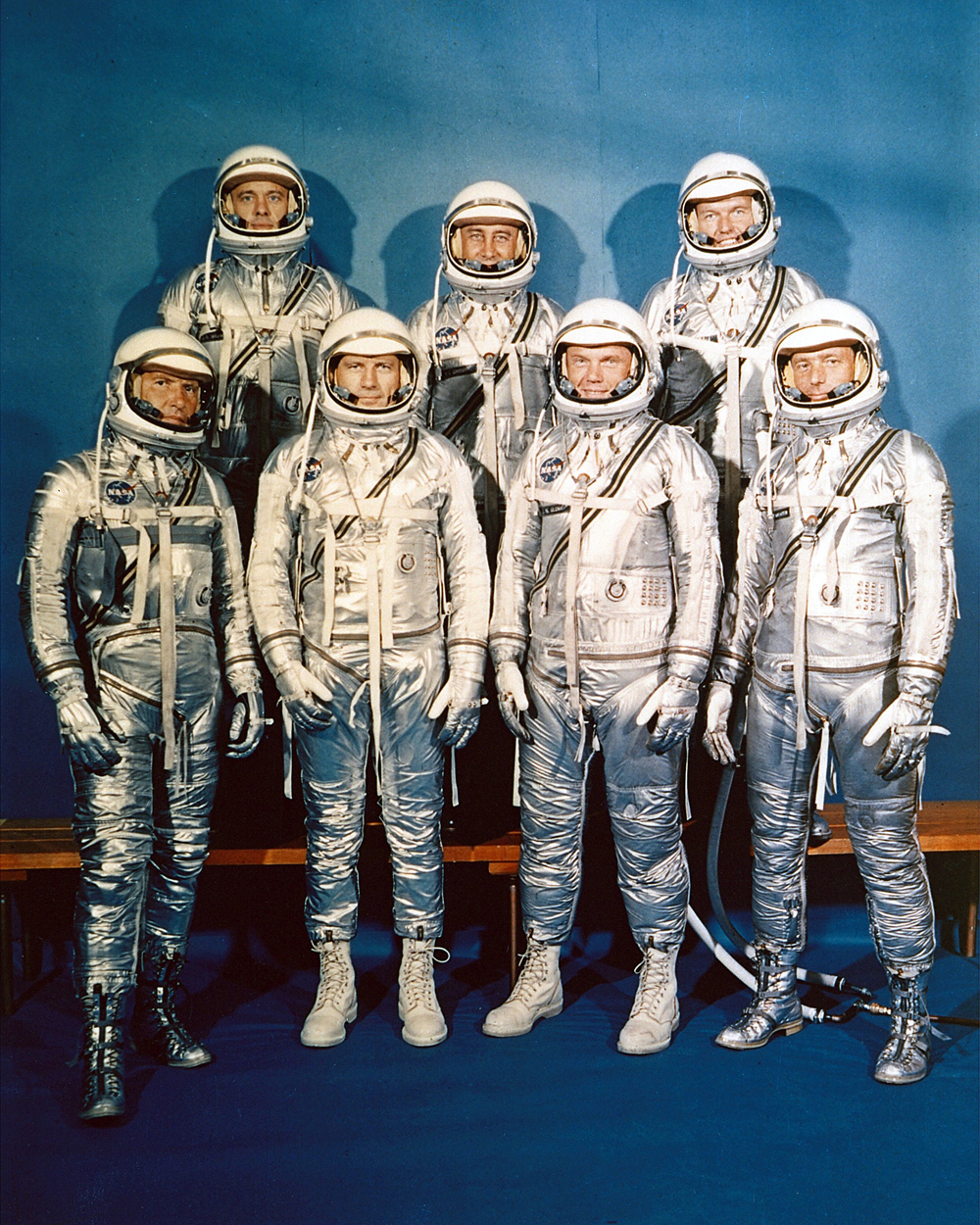What Is The First Subway in the World - Oldest Subway in History
 What Is The Longest Subway In The World? What Is The Longest Subway In The World? |
 Top 10 Oldest Subways in the World Top 10 Oldest Subways in the World |
 |
| Oldest Subway in the World - Photo: KnowInsiders |
What Is The Oldest Subway in the World?
Even the subway has its pioneers, from London to Budapest, Chicago to Paris, Glasgow to New York City. More than a century before urban rail transportation became widely used and, above all, appreciated for its capacity to reduce traffic and air pollution, the first subway lines that gave it birth date back to the mid-19th century.
Currently, 178 cities around the world operate subways (also known as "underground" or "metro" systems), with a combined daily capacity of 168 million passengers.
Thanks to those who had the foresight and dedication to build what are now regarded as the oldest metro lines in the world, they were the ones who were the first to believe in the viability of this mode of transportation.
London - The World’s First Subway
 |
| Photo: Visit London |
The oldest transportation network of its kind is London's underground, or tube. On January 10th, 1863, steam locomotives were used for the opening. There is currently a 408 kilometer underground network with operational lines that will take you anywhere in the city. Don't miss the London Transport Museum if you want to learn more interesting trivia about one of the oldest subway systems.
History of Underground in London
 |
| Photo: London Top Sight Tours |
In order to ease traffic on the streets, London opened the first underground railway in the world in 1863. A related railway company followed it shortly after in 1868, but their owners split, turning the railways into rivals rather than allies, which slowed down development. These were what are referred to as sub-surface lines, constructed by digging a sizable trench, installing track, and then covering it again. These early underground railroads initially employed steam-powered trains.
The technology to safely tunnel tubes deeper beneath London had been developed by 1870, but it took until the late 1880s for electric power and secure lifts to be developed to make the first successful tube railway a reality. Although there was interest in this cutting-edge mode of transportation, investors remained wary. It was nearly ten years before the following Tubes opened. Later schemes also had trouble raising funds, but an American financier's intervention was helpful. The core of the current Tube system was completed when these new connected lines opened in 1906–1907.
Today, 540 trains and 270 stations make up London's underground transportation system. In order to expand and modernize the network over the years, there have been numerous modifications and significant investments; as a result, today only 45% of the system is actually underground. The remaining trains travel above ground, stopping at the furthest reaches of the vast capital city.
Initially, a number of private companies owned the lines of the London Underground, which was not publicly owned. The London Passenger Transport Board was established in 1933, and a public authority started to purchase infrastructure that became crucial for everyone.
Steam trains start operating under the Thames river
7th December, 1869
Isambard Kingdom and his father Marc Brunel In 1843, Brunel constructed the Thames Tunnel as a foot tunnel, but by 1869, enough money had been raised from passing tourists for it to be converted into a freight passageway directly beneath the Thames River.
Although it wasn't converted to electricity until 1913, the tunnel's lack of ventilation shafts caused too much smoke to accumulate and create an unhealthful environment for both train drivers and passengers.
The first electric underground railways opens
18th December, 1890
The first deep electric railway opened, running from King William Street in the City of London, under the River Thames, to Stockwell. The underground became known as ‘the tube’ at this point, as it’s been known ever since.
The UERL is formed
April, 1902
Charles Tyson Yerkes forms The Underground Electric Railways of London, which then builds Lots Road power station completes three new tube projects and electrifies the District Railway – all in just 5 years.
The famous ‘Underground’ sign was first used
1908
The world-renowned underground sign (known as the Roundel) and name ‘Underground’ were first used. This was also the year that the underground introduced the first electronic ticket machine to stations.
The first escalators are introduced
1911
The first escalators were installed at Earl’s Court tube station into the underground system.
Black Escalator Near Red Wall Tiles
Harry Beck designs the tube map
1933
When you consider the tube, what image pops into your head? Either the sign or the vibrant map, we surmise, would be the culprit. The first Underground map diagram was presented by Harry Beck, who based his creation on an electrical circuit.
500 copies were distributed from stations all over London, and then another 700,000 copies were distributed the following year. They were well received by the general public, and even though the map's layout would change over time, it was still based on Harry's original drawing.
World War II hits the underground
1940 – 1945
During the turbulent second World War, many tube station platforms were used as air raid shelters. Members of the public spent entire nights sleeping on the platforms to avoid the bombs which were falling on the Capital above them.
Today’s tube and the new Elizabeth Line
One billion people used the underground for the first time in 2007 alone. In 155 years, the tube has advanced significantly, with Crossrail being the most recent improvement.
The 60-mile-long new Elizabeth line, which bears the queen's name, will run from Reading and Heathrow in the west through the tunnels of the city center to Shenfield and Abbey Wood in the east.
When the new line opens in December 2018, it will stop at 41 stations, 30 of which will be upgraded and 10 of which will be specifically built. It is anticipated to provide services to an astounding 200 million people annually.
Some interesting facts about the London Underground:
|
 Top 10 Oldest Books in the World Top 10 Oldest Books in the World Books provide new generations to learn from generations past, allowing information and storytelling to pass through the ages. |
 What Is The First Spaceship In The World? What Is The First Spaceship In The World? Flying into space was one of important missions that human has completed. Let's take a look at the history of spaceflight, and the first spacecraft ... |
 What Is The First Spaceship In The US? What Is The First Spaceship In The US? After the success of Russia's Sputnik flight, America made the first leap with Project Mercury, and Mercury being the first spaceship flying into the space. ... |


























